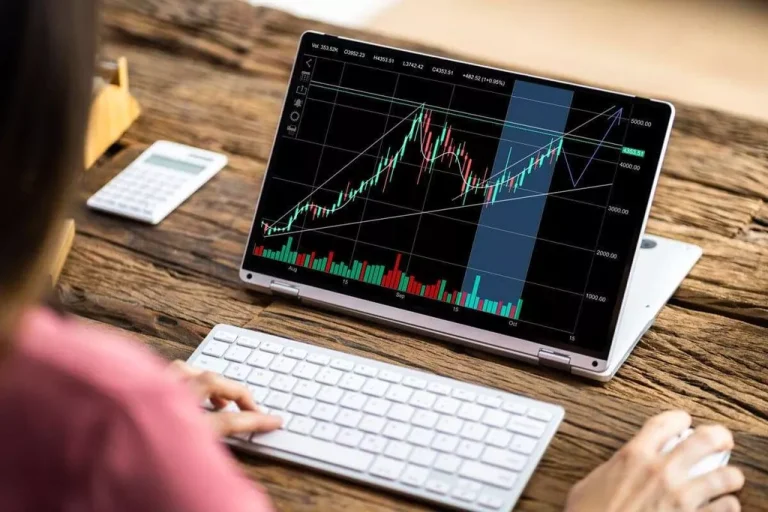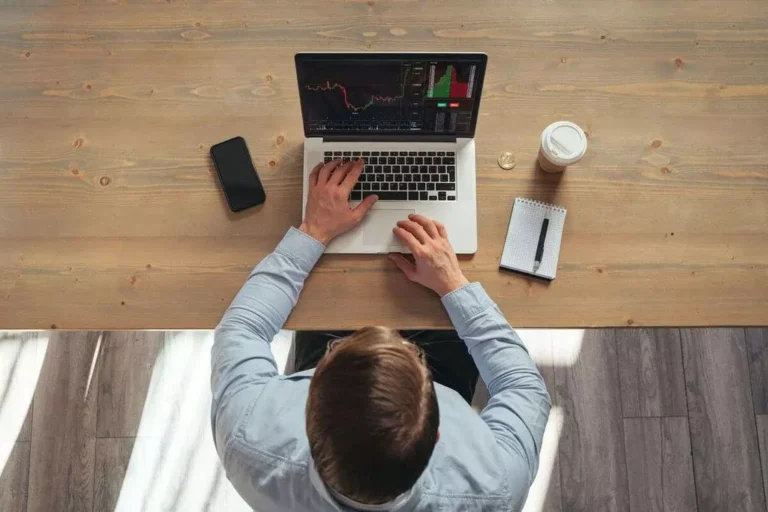Your stop-loss orders would possibly trigger at worse costs than set, leaving you with bigger losses. Low liquidity and excessive volatility make this problem worse in crypto markets. Sure, Binance can experience slippage, significantly throughout unstable market circumstances or when buying and selling low-liquidity property. Slippage occurs as a outcome of Binance, like all exchanges, matches orders based mostly on real-time supply slippage tolerance and demand.
Belongings in excessive demand have smaller spreads as market makers compete and slim the spread. Centralized and decentralized exchanges handle slippage in a unique way, impacting your backside line. A restrict order to purchase Bitcoin at $30,000 means you’ll by no means pay greater than that quantity. Slippage in crypto buying and selling comes in two primary varieties, which might both increase or drain your income. Market actions can push costs up or down out of your expected trade worth, creating both a happy shock or an undesirable loss. During busy occasions, your transaction might get caught in a digital visitors jam.
Strategies For Minimizing Slippage
Understanding slippage is crucial to using liquidity swimming pools effectively. The liquidity in DEXs is mostly considerably decrease than the depth in the stock markets, which accentuates their impression on the trading experience. This article will reply what’s slippage in crypto and assist you to use liquidity swimming pools successfully. You can discover this by dividing the price difference by the present market price.

In fast-moving markets, the place costs can change quickly, delays in order execution can result in greater slippage. The size of an order can influence the degree of slippage skilled in crypto buying and selling. Giant orders, particularly in illiquid markets, have the potential to significantly affect the obtainable liquidity, resulting in larger price deviations. When executing sizable trades, it is crucial to contemplate the potential impression on the market and regulate expectations accordingly to reduce slippage.

In conclusion, slippage is an integral a part of crypto buying and selling that calls for consideration and strategic planning. By adopting effective methods and tools, traders can turn a potentially difficult facet of buying and selling into an opportunity for progress and success. The aggregated order guide offered by Finery Markets minimizes slippage throughout all liquidity providers, guaranteeing optimum trade execution. This complete method places control back within the arms of merchants, permitting for extra strategic planning and efficient administration of the dynamic crypto buying and selling Decentralized finance panorama.
Considering Potential Slippage When Evaluating Risk-reward Ratios
By implementing these methods, you’ll have the ability to minimize the impression of slippage in your trading actions and obtain larger profitability and consistency over time. Keep In Mind that slippage is an inherent threat of trading, and it is important to approach it with a proactive and disciplined mindset to realize success in the markets. Engaging in any exercise involving crypto-assets (including trading crypto belongings and depositing into the MegaVault) is risky because of excessive volatility. Returns are not assured and should fluctuate over time relying on a quantity of components, and you could lose your entire funding https://www.xcritical.com/, particularly when using leverage.

Understanding how liquidity swimming pools function is the inspiration for making smarter trading choices and managing threat successfully in both DeFi and hybrid trading environments. The less crypto out there on an change, the extra stable the liquidity in addition to the amount of the crypto out there for trading. Cryptocurrencies have experienced an amazing surge in reputation over the previous decade. With their decentralized nature, potential for prime returns, and technological innovation, digital currencies have captured the eye of buyers worldwide.
Nonetheless, because the name suggests, it’s a danger management tactic, so it’s solely usable for mitigating losses and not profitable trades. Knowing how liquidity pools function, tips on how to gauge their measurement and well being, and the means to handle slippage offers you an edge. These aren’t superior tricks; they are core mechanics that influence every transaction on decentralized platforms and increasingly on centralized ones as nicely. If you’re using decentralized exchanges, think about aligning your trades with intervals of excessive world activity—typically overlapping U.S. and European enterprise hours. These examples present how liquidity pools operate throughout totally different platforms and buying and selling environments.
- In that case, the slippage is the difference between the anticipated and executed prices, which is $70 for this example.
- However, the level of concern over slippage could vary among different types of traders.
- Slippage is extra widespread in markets with low liquidity because there are fewer buyers and sellers to stabilize the value course.
- It’s an essential consideration for market makers, who need to balance the potential revenue of a commerce with the risk of high slippage charges.
Unfavorable slippage can erode income and even result in substantial losses, so it’s an important consideration for merchants entering any position. Causes of unfavorable slippage might embody rapidly fluctuating markets or inadequate liquidity on an exchange, resulting in orders being stuffed at surprising and undesired costs. Of course, market volatility critically impacts the value you pay for a cryptocurrency. For instance, say you agree to purchase a coin at a certain price, but by the time your transaction goes by way of the coin has become costlier. Slippage is the difference between the price you expect to pay for a commerce and the value you actually get.
Slippage tolerance is an important term that you should understand before executing a commerce on DEX. Slippage is a general term that you would encounter when utilizing a platform like Pancakeswap, Uniswap, or similar platforms. Have you ever placed a crypto trade, only to see your final price differ from what you expected? Slippage in crypto occurs when there’s a gap between the price you want and the value you get. As such, slippage tolerance is often expressed in percentage, however it can be a certain variety of pips or ticks. The capacity to quickly convert a digital foreign money or token into one other asset or money without affecting its worth.
The price with the most important order will likely trigger a drastic shift in the coin value. The ensuing common value could be 30,600, showcasing a negative slippage of 2%. It can neither work against you nor in your favor and can even result in potential income and losses. Examine out this weblog to study about the intricacies of slippage, its underlying causes, tips on how to reduce it, and all different elements.
If you provide 5 percent of the pool’s total worth, you earn 5 % of the charges. For secure, high-liquidity pairs, a tolerance of 0.1 to 0.5 % is commonly sufficient. For risky tokens or low-liquidity pairs, traders may need to boost the tolerance to 1 to three p.c. Nonetheless, the upper your tolerance, the extra you danger paying above the intended value. Slippage happens when there is a change in value between the second a commerce is submitted and the moment it’s executed. In traditional finance, slippage often outcomes from fast market actions.
AI-driven execution systems are more and more used to predict liquidity flows and routinely route orders to exchanges or swimming pools providing the best execution. Merchants coping with massive positions can scale back influence by splitting orders into smaller elements rather than executing a single giant trade. Timing additionally matters, as executing during periods of excessive liquidity—often when US and European markets overlap—reduces the danger of slippage. Negative slippage, however, is way more common, occurring when an order is executed at a much less favorable price, like shopping for Solana at $151.50 when the meant entry was $150. Network congestion happens when there’s extra exercise than the blockchain can deal with.
As traders trade tokens, the asset pair’s relative liquidity shifts, inflicting every asset’s worth to changes in real time. For instance, if a person buys a big quantity of one token from the pool, its value will increase relative to the other token, following the method’s algorithm. This dynamic ensures that the bigger the commerce, the extra the worth will deviate from its current worth. In this liquidity-centric model, the value of an asset is decided by an algorithm based mostly on the available liquidity within the pool. For example, when one asset in the pool is purchased, its amount decreases while the opposite asset will increase, causing an computerized adjustment in the price ratio between the 2.